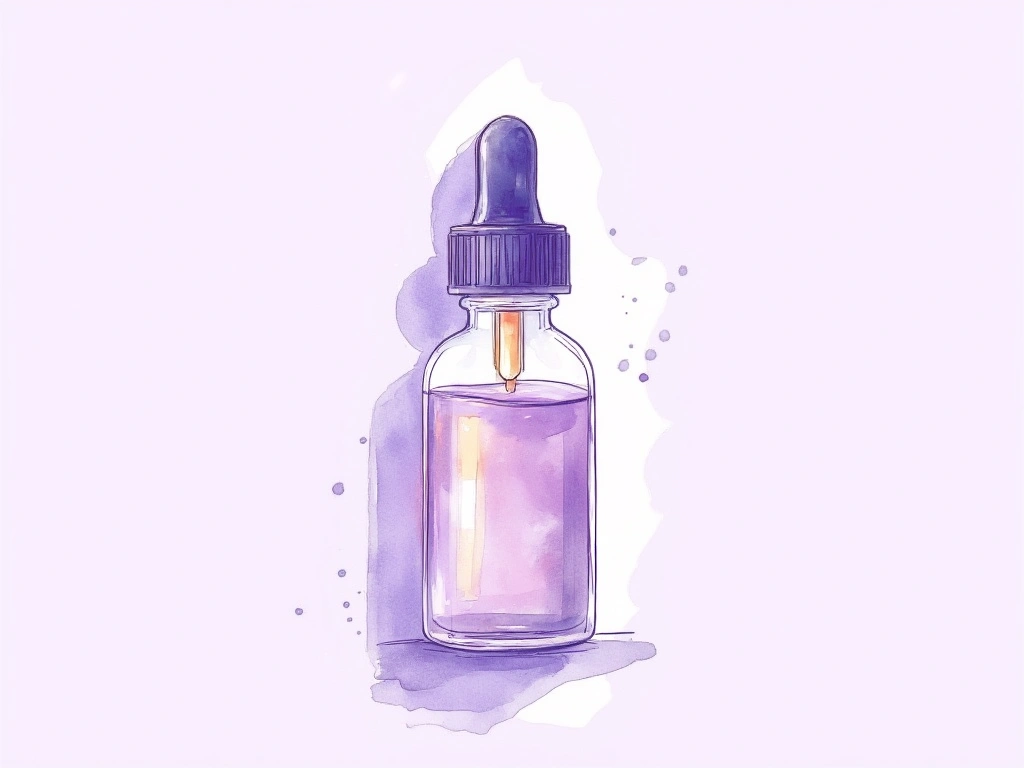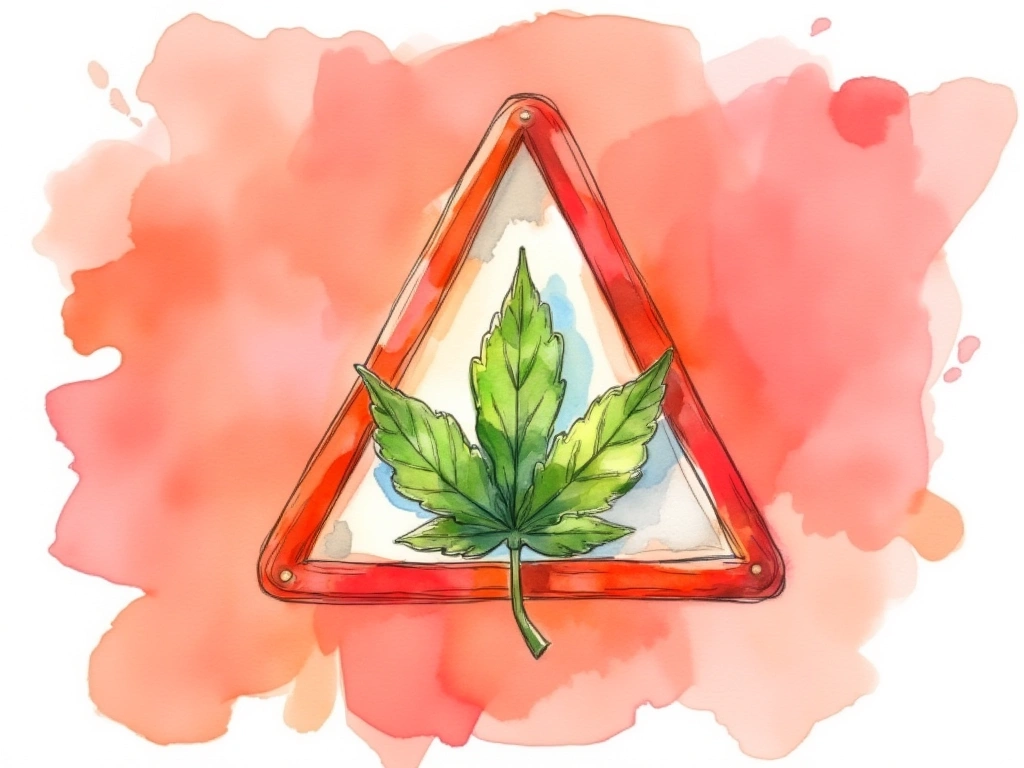- Natürliche Linderung: Teebaumöl bietet einen natürlichen Ansatz zur Behandlung von seborrhoischer Dermatitis.
- Wissenschaftlich fundiert: Studien deuten darauf hin, dass Teebaumöl Symptome wie Juckreiz und Schuppenbildung reduzieren kann.
- Antimikrobiell & Entzündungshemmend: Es bekämpft die Ursachen, indem es das Hefewachstum reduziert und Entzündungen lindert.
- Einfache Anwendung: Einfach in Ihre Haar- und Hautpflegeroutine zu integrieren, mit Hinweisen zur Verdünnung.
- Sanfte Option: Eine potenziell sanftere Alternative oder Ergänzung zu konventionellen Behandlungen.
Seborrhoische Dermatitis ist eine häufige entzündliche Hauterkrankung, die rote, schuppige, juckende Ausschläge auf öligen Bereichen wie Kopfhaut, Gesicht, Brust und Rücken verursacht []. Betroffen sind 1-3 % der Menschen. Sie ist nicht ansteckend oder lebensbedrohlich, kann aber die Lebensqualität beeinträchtigen. Wirksame Behandlungen zur Symptomkontrolle sind daher entscheidend.
Teebaumöl, ein beliebtes ätherisches Öl, wird bei verschiedenen Hauterkrankungen eingesetzt. Seine antimykotischen und entzündungshemmenden Eigenschaften können helfen, die Symptome der seborrhoischen Dermatitis zu lindern. Dieser Artikel untersucht die wissenschaftlichen Grundlagen von Teebaumöl bei seborrhoischer Dermatitis und gibt praktische Anwendungshinweise.
Kurze Zusammenfassung: Seborrhoische Dermatitis beinhaltet Hautentzündungen und Malassezia-Hefepilzwachstum. Teebaumöl, ein traditionelles Mittel, bekämpft Malassezia und reduziert Entzündungen. Forschungsergebnisse deuten darauf hin, dass Teebaumöl Rötungen, Schuppenbildung und Juckreiz auf der Kopfhaut und der Haut reduzieren kann. Obwohl weitere Forschung erforderlich ist, zeigt es vielversprechende Ergebnisse als ergänzende Behandlung, wenn es verdünnt und vorsichtig angewendet wird, obwohl es Standardbehandlungen möglicherweise nicht ersetzt.

Understanding Tea Tree Oil
Tea tree oil comes from the leaves of the Melaleuca alternifolia tree native to Australia. Terpinen-4-ol, its main active component, makes up 30-48% of the oil [2].
Key benefits of tea tree oil:
- Antimicrobial: Fights bacteria, fungi, and viruses []. It can reduce Malassezia yeasts, a key factor in seborrheic dermatitis [4].
- Anti-inflammatory: Terpinen-4-ol helps reduce inflammation in skin disorders [5].
These properties explain why tea tree oil is used topically for skin issues like fungal infections, acne, wounds, and dandruff [].

Seborrheic Dermatitis: What You Need to Know
Seborrheic dermatitis leads to red, flaky, itchy rashes in areas with many oil glands. Dandruff is considered a mild scalp form. The exact cause isn’t clear, but factors include:
- Malassezia Yeast Overgrowth: Excess yeast on the skin []
- Excess Sebum (Oil) Production: Overactive oil glands [8]
- Inflammatory Response: The body’s immune system reacting [9]
- Skin Cell Turnover: Neurotransmitters speeding up skin cell shedding []
- Genetics: Inherited predisposition []
Common symptoms:
- Red, greasy skin
- Flaky white or yellow scales
- Itching
Affected areas: Scalp, eyebrows, nose, ears, chest, back, and groin.

How Tea Tree Oil Helps Seborrheic Dermatitis
Tea tree oil may improve seborrheic dermatitis through these actions:
- Reduces Malassezia Yeast: Its antifungal action can decrease Malassezia on the skin, lessening inflammation [12].
- Balances Sebum: Terpinen-4-ol can help regulate overactive oil glands, reducing skin greasiness [13].
- Calms Inflammation: Anti-inflammatory effects ease redness and itching [14].
- Moisturizes Skin: Helps hydrate and prevent dryness and flakiness [15].
By targeting multiple factors, tea tree oil offers a comprehensive approach to managing seborrheic dermatitis symptoms.

What the Research Shows
Studies have investigated tea tree oil for seborrheic dermatitis:
- Dandruff Reduction: A study with 124 participants showed that a 5% tea tree oil shampoo, used daily for 4 weeks, reduced dandruff by 41% and itchiness by 57% compared to a placebo [16].
- Seborrheic Dermatitis Improvement: Another study found that a 5% tea tree oil shampoo was more effective than placebo in decreasing seborrheic dermatitis severity after 6 weeks [17].
While more research is always beneficial, these studies suggest tea tree oil can be a safe and helpful option for reducing seborrheic dermatitis symptoms when applied topically.

Using Tea Tree Oil Safely and Effectively
Keep these tips in mind when using tea tree oil for seborrheic dermatitis:
- Patch Test: Before full use, test a diluted amount on a small skin area for irritation.
- Dilute It: Tea tree oil is potent and can irritate skin undiluted. Mix with a carrier oil or skincare product.
- Start Low: Begin with a 3-5% tea tree oil concentration. Increase gradually if needed.
- Avoid Eyes and Mucous Membranes: It can cause irritation or injury.
- Clean, Dry Skin: Apply to clean, dry skin for best absorption.
- Consistency is Key: Use daily for best results. Benefits may lessen if you stop using it regularly.

How to incorporate diluted tea tree oil:
- Shampoo Boost: Add a few drops to a sulfate-free shampoo when washing hair. Rinse well.
- Scalp Spray: Mix water, aloe vera gel, and a few drops of tea tree oil in a spray bottle. Mist on the scalp and massage gently. Leave in, do not rinse.
- Carrier Oil Blend: Create a 5% solution by mixing 1 part tea tree oil with 20 parts carrier oil (like coconut or jojoba oil). Apply to affected areas, massage gently, and rinse after 10 minutes.
- Tea Tree Oil Products: Use soaps, lotions, creams, or facial cleansers that contain tea tree oil. Patch test these as well.


Important Considerations Before Using Tea Tree Oil
Before using tea tree oil, remember:
- Less Potent Than Medications: Its antifungal strength is weaker than prescription options like ketoconazole [18].
- Irritation and Allergies: Skin irritation or allergic reactions can occur [19]. Stop use if this happens.
- Do Not Ingest: Tea tree oil is toxic if swallowed [20].
- More Research Needed: Ongoing research is refining usage recommendations and confirming efficacy [21].
Consult your dermatologist before using tea tree oil, especially if you have sensitive skin or are considering it alongside conventional treatments.

In Conclusion: Tea Tree Oil for Seborrheic Dermatitis
Research indicates tea tree oil can alleviate seborrheic dermatitis symptoms like itching, scaling, and greasiness.
- Terpinen-4-ol reduces Malassezia yeast overgrowth.
- It helps balance sebum, reduce inflammation, and moisturize the skin.
- Studies show topical diluted tea tree oil improves redness, flaking, and itchiness.
- Dilute tea tree oil and patch test for sensitivity before consistent use.
- Tea tree oil is a promising natural complementary approach to ease seborrheic dermatitis symptoms.
While not a cure, tea tree oil can offer symptom relief when used carefully and with medical advice. More research will further clarify its benefits, but tea tree oil is a valuable potential addition to seborrheic dermatitis management.

No Comments
Be the first to start a conversation